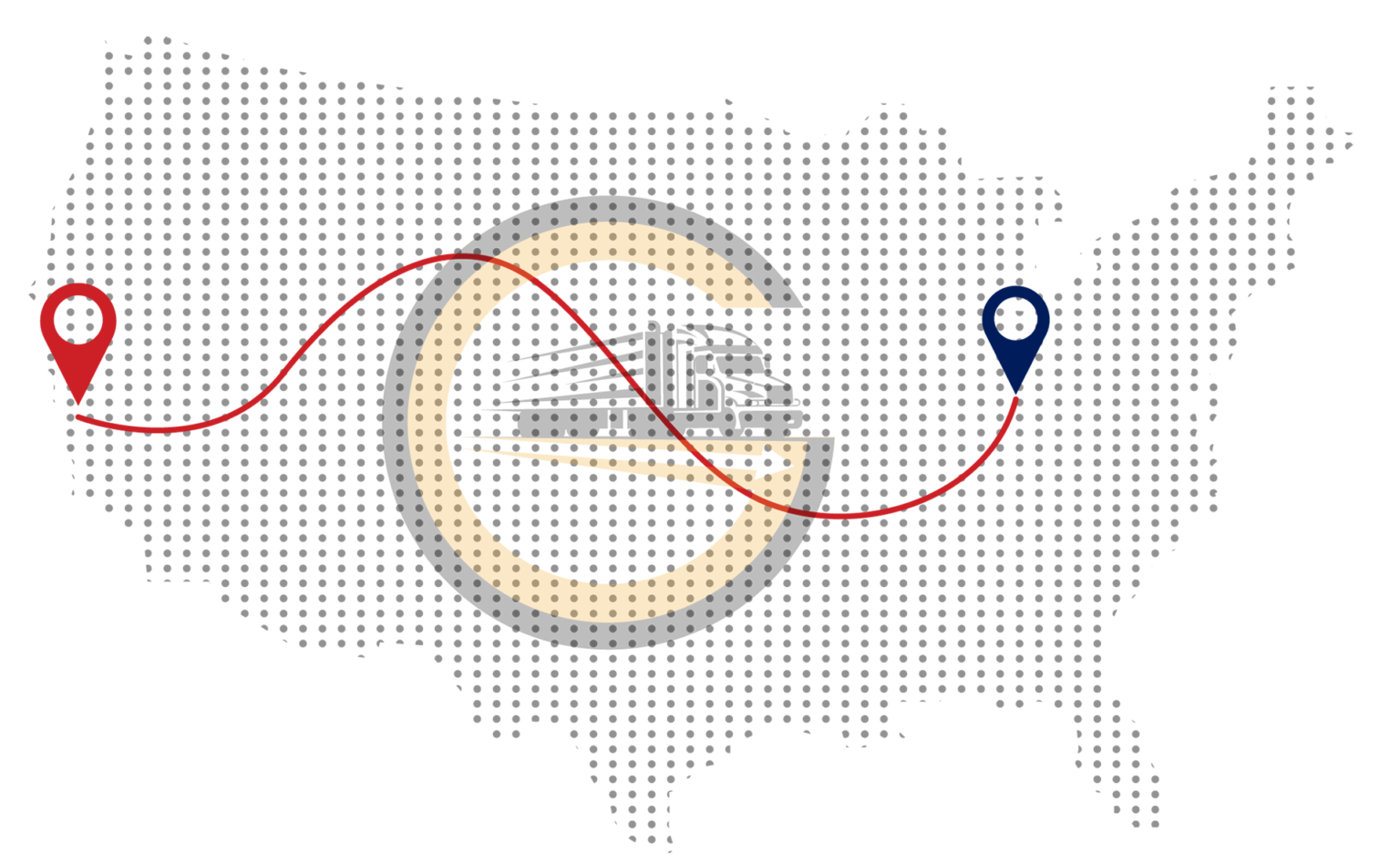To streamline your supply chain, you have to pay attention to the transportation network. This is one area where systems malfunction and costs can pile up. Routine maintenance can prevent costly failures in your truck. Similarly, transportation optimization can eliminate cost overruns and other interferences.
Practices For Transportation Optimization:
We’ve mentioned some of the best practices for transportation optimization in this article.
Automate Operations:
When you want to optimize any part of your transportation, automation can help you by optimizing small segments of the transportation network like picking, packing, routing, and fleet maintenance. These tasks can be time scheduled to enhance transportation operations.
Picking And Packing:
The transportation of goods within a warehouse is being transformed using robots. Each shipment is efficiently stored in robotic pickers, forklifts, and bright pallets. These technologies can save time and money by reducing idle time and filling in empty loads.
Routing And Fleet Maintenance::
During transportation, GPS tracking, and real-time analytics come into action. Advanced analytics use your truck’s GPS data and combine it with accurate time traffic data, fuel prices, and weather conditions to yield efficient routes.
We don’t mean that robots will repair your faulty trailers. We mean that software will alert you about your maintenance schedule. So, you can get your repairs before you break down on the road. This also helps to schedule repairs during downtime. So, you can increase your time on the road.
Utilize Integrated Solutions:
Visibility and transparency are essential elements for optimizing transportation. GPS tracking, intelligent sensors, and pallets allow complete visibility of every individual shipment. Shippers can also monitor the condition of your truck carrying the cargo. This information is integrated into a supply chain solution using an API.
An amalgamation of both Historical and Real-Time Information:
Before integrating with advanced analytics, only historical data was used for transportation planning. But now, a fully optimized transportation network combines both previous history with real-time information. This yields reliable and robust forecasts that transporters can optimize their operations.
The trick is to know precisely how much historical data you should use. While also limiting the real-time data which is relevant to that specific shipment.
FAQs
Q-Explain a transportation model with an example?
A transportation model is a particular type of network that outlines shipping a commodity from its source to the destination or consumer. It should be the most cost-effective one so that several sources reach their destination within a short period. For example, a retail garment manufactured in a factory plant is then packed and sent to a warehouse. Whenever an order for the apparel is received, it is transported to the end customer from the warehouse.
Q-What is the difference between transportation and logistics optimization?
Transport optimization is a broad term. Transportation optimization aims to improve all the processes and parties involved in the transportation process. Logistic optimization is a strategic and operational term. It seeks to maximize the yield of any supply chain.
Conclusion:
Transportation optimization is a valuable tool for fleet operators. We can use it to increase process efficiencies and minimize transportation costs.
Also Read: 5 Things To Know About Truck Detention


